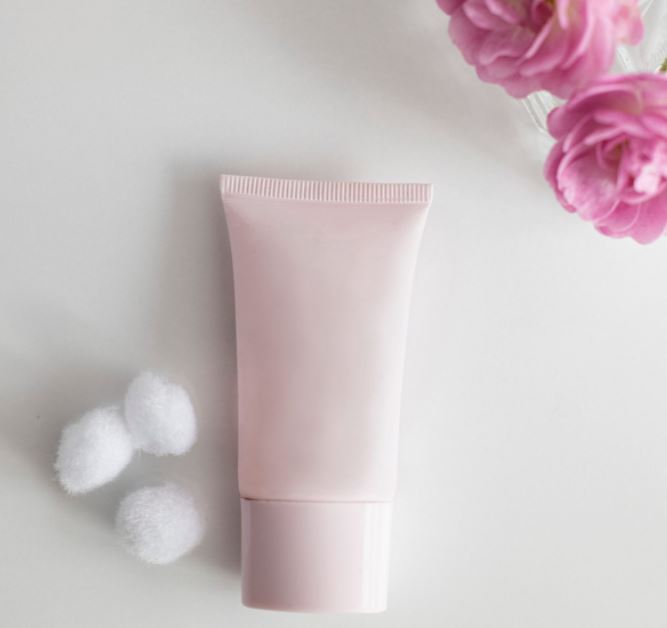CLAIMS REGULATORY FRAMEWORK IN THE EU
Claims can be in the form of texts, names, trademarks, pictures and figurative or other signs that convey explicitly or implicitly product characteristic or functions in the labelling, marketing and advertising of cosmetic products.
The Commission Regulation (EU) No 655/2013 lays down common criteria for the justification of claims in relation to cosmetic products. It applies to any cosmetic product claim, irrespective of the medium or type of marketing tool used, the product functions claimed and the target audience.
The six common criteria laid down by the Commission Regulation (EU) No 655/2013 are: Legal Compliance; Truthfulness; Evidential Support; Honesty; Fairness; and Allowing Informed Decisions. A cosmetic product cannot contain or imply false or irrelevant information and its claims should be supported by adequate and verifiable evidence (i.e., nothing should be claimed that cannot be supported). Overall, cosmetic products claims must be clear, true, objective, understandable and give enough information to allow consumers to make informed decisions. (see previous post)
A Technical document on cosmetic claims was prepared by the Sub-Working Group on Claims and then endorsed by the Working Group on Cosmetic Products. It serves as a ‘tool’, providing guidance for the application of the Commission Regulation on cosmetic claims. However, the views expressed in the document are not legally binding and only the European Court of Justice can give an authoritative interpretation of Union law.
‘FREE FROM’ CLAIMS
Annex III of the Technical document on cosmetic claims provides guidance for the application of the common criteria established by the Commission Regulation (EU) No 655/2013 to ‘free from’ claims. It includes illustrative and non-exhaustive examples of this type of claims, with the aim of helping the industry to correctly use them.
Cosmetic products can not indicate that they are ‘free from’ a substance which is prohibited for use in cosmetics (according to Regulation (EC) No 1223/2009), as it is a mere compliance with minimum legal requirements. For example, “free from heavy metals” is not allowed, since the intended presence of heavy metals is prohibited in cosmetic products.
‘Free from parabens‘ is another trendy claim in the cosmetic industry. Nevertheless, such claim should not be use. Certain parabens are safe when used according to the European Cosmetics Regulation, and the use of these type of claims is denigrating the entire group of parabens (authorized substances).
Another very common example of this type of claims is the “fragrance free” (or similar). These have to be evaluated in a case-by-case basis and are intrinsically dependent on the ingredients present and the respective function they can have in the final product.
However, there are several ‘free from’ claims or similar claims that are permitted as they allow an informed decision to a specific target group or groups of end users. One example is the claim “free from acetone” in a nail polish, for users wishing to avoid its particular smell, or the claim “free from animal-derived ingredients” in products intended for vegans.
If you need further information or advice on which claims can be made for your cosmetic products and their proper substantiation, feel free to contact us at info@criticalcatalyst.com.
References:
- Regulation (EC) No 1223/2009 of the European Parliament and of the Council of 30 November 2009 on cosmetic products.
- Commission Regulation (EU) No 655/2013 of 10 July 22013 laying down common criteria for the justification of claims used in relation to cosmetic products.
- Technical document on cosmetic claims. Agreed by the Sub-Working Group on Claims. 2017. European Commission.















